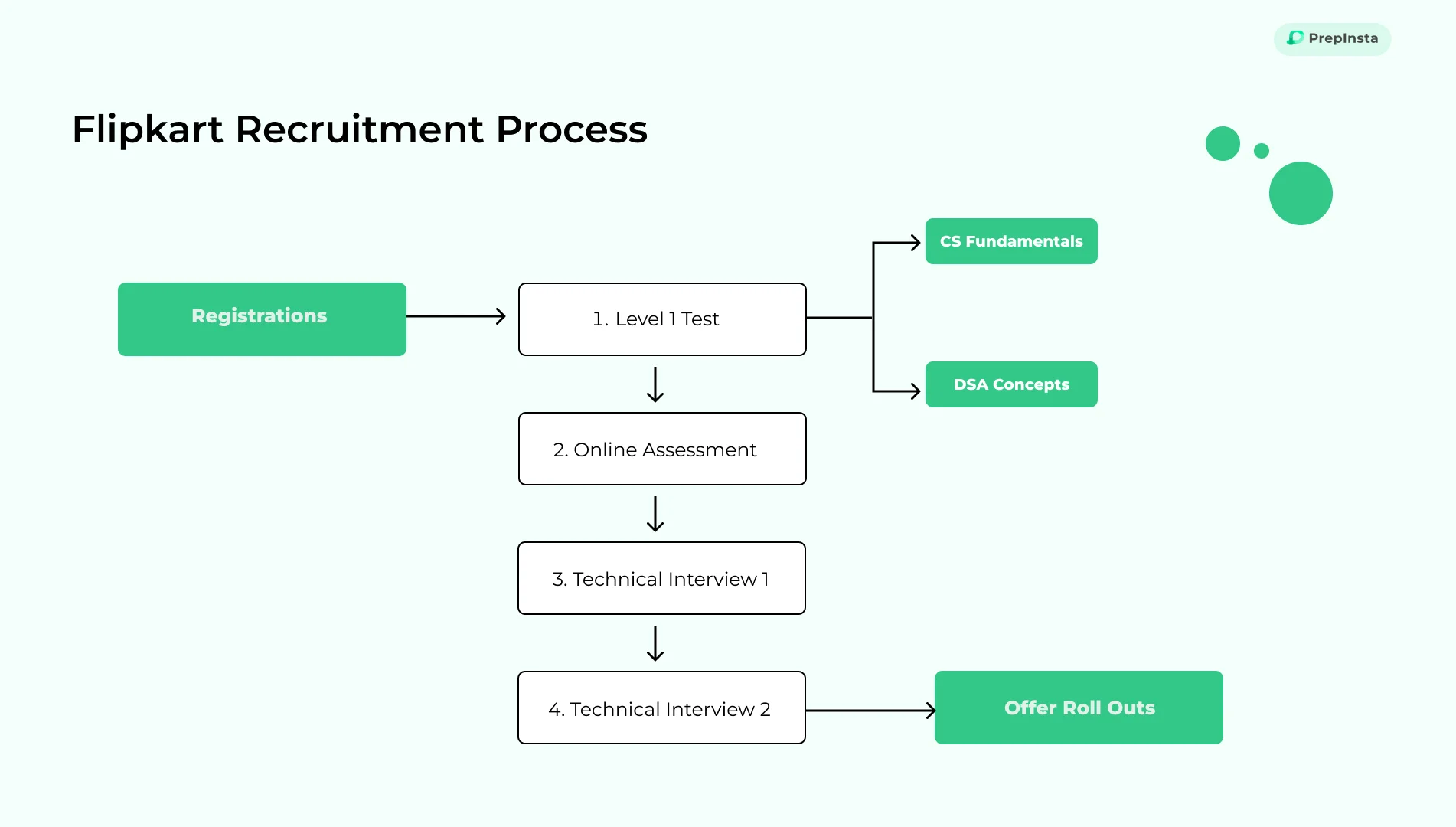Question: How to prepare for Flipkart Interview?
Answer:-
Flipkart is a product-based company, hence the interviews are more focused on practical skills and ability to solve programming questions. To prepare for Flipkart interview, you should have good programming knowledge, and be able to solve complicated problems.
Question: How many rounds are there in the Flipkart Interview?
Answer:-
Like most product based company, Flipkart will also have anywhere between 2 to 4 interview rounds. This includes technical interviews, managerial interview and a final HR interview.





Login/Signup to comment